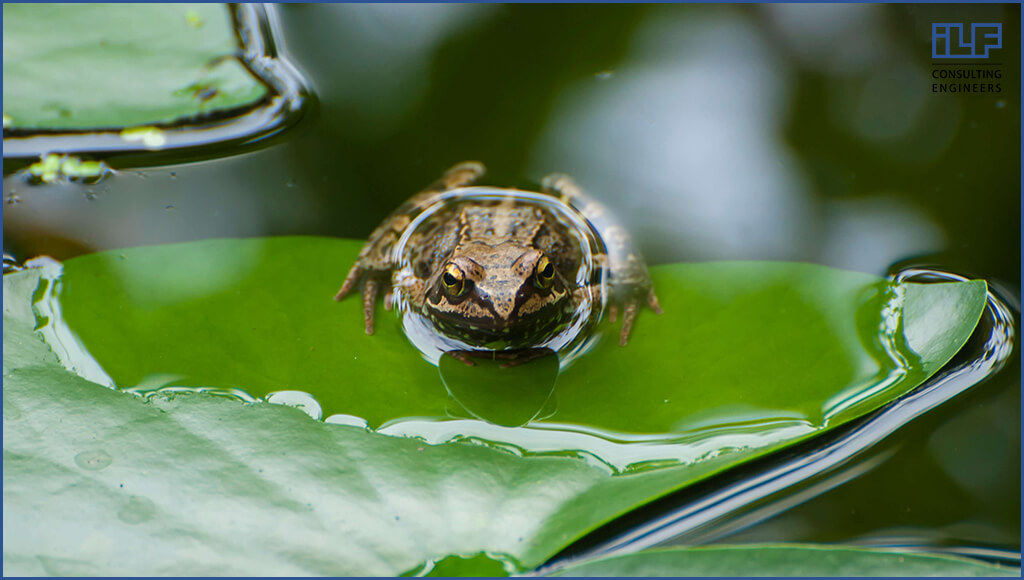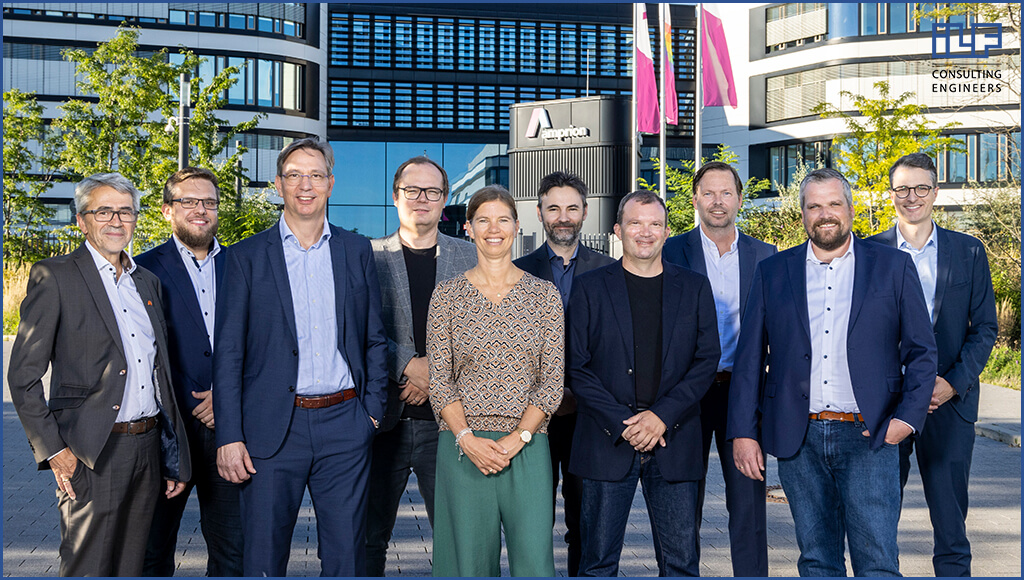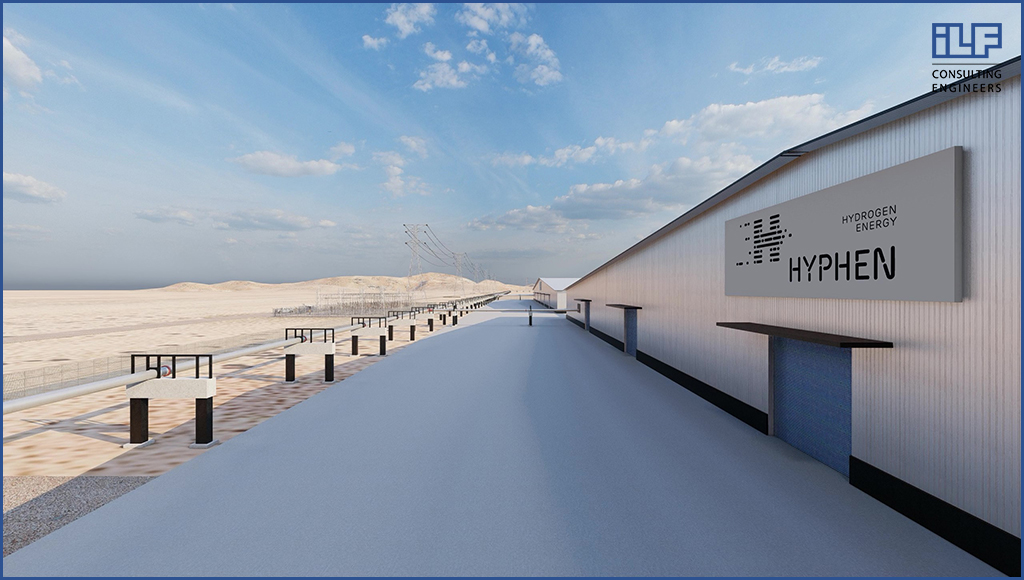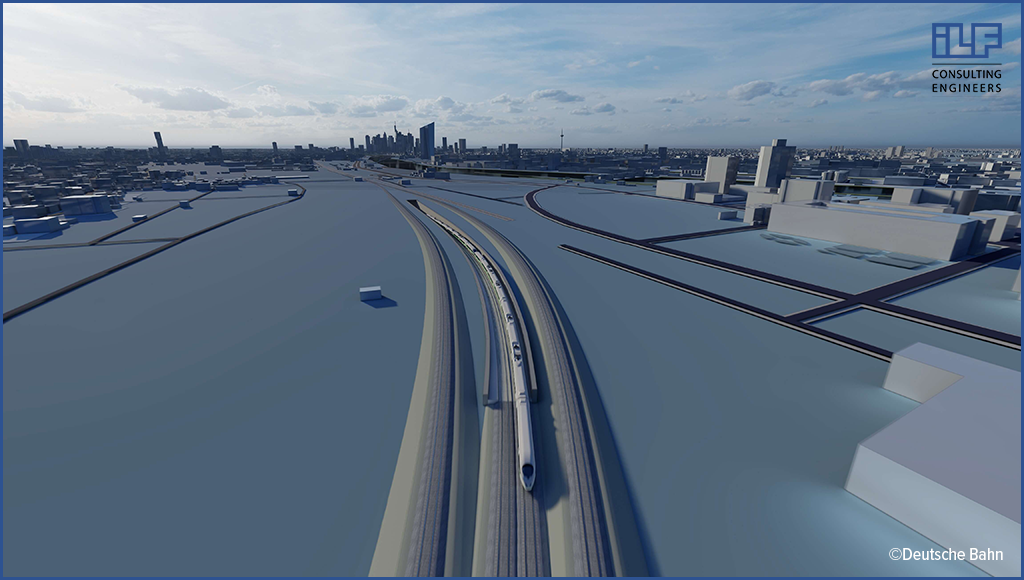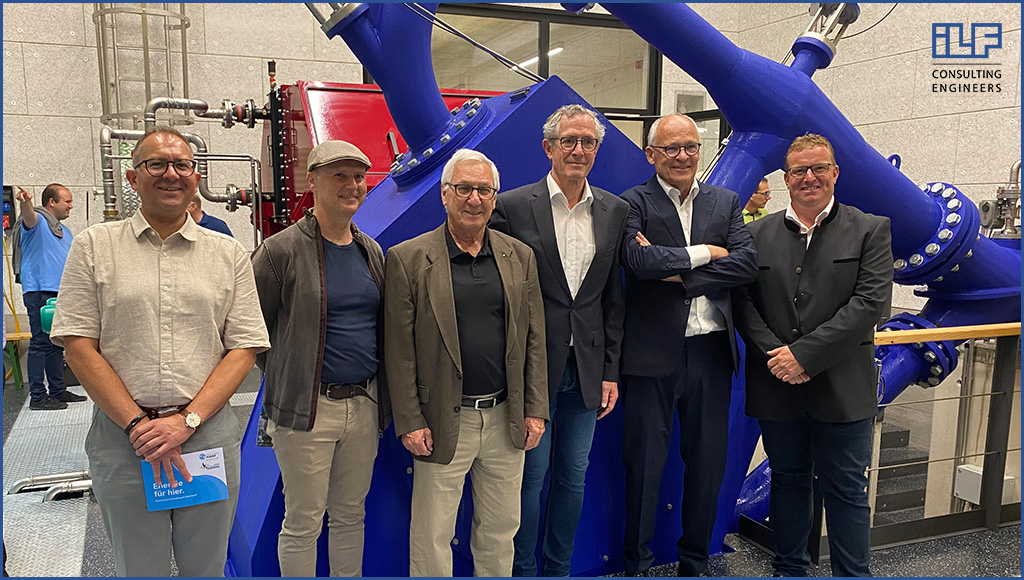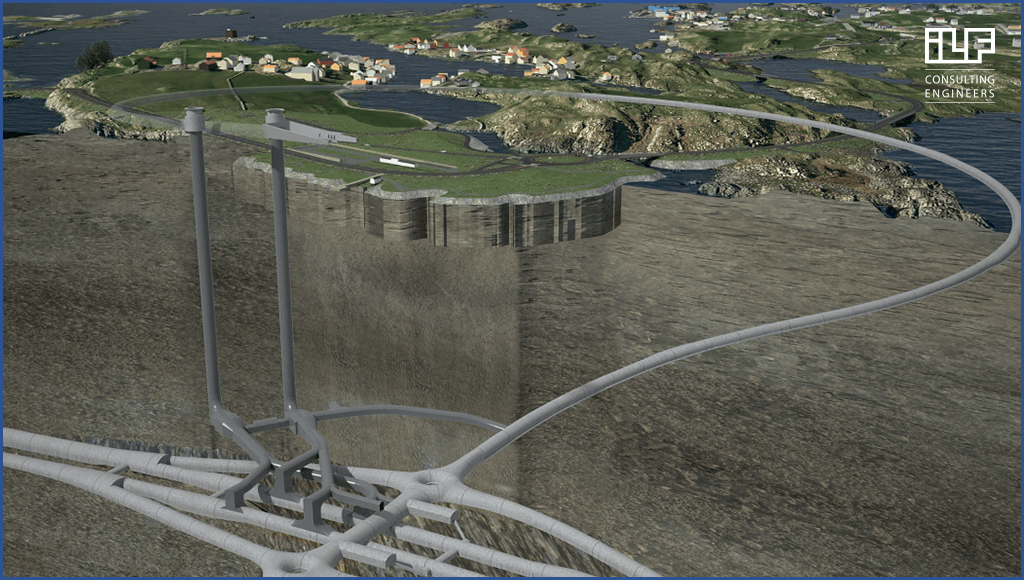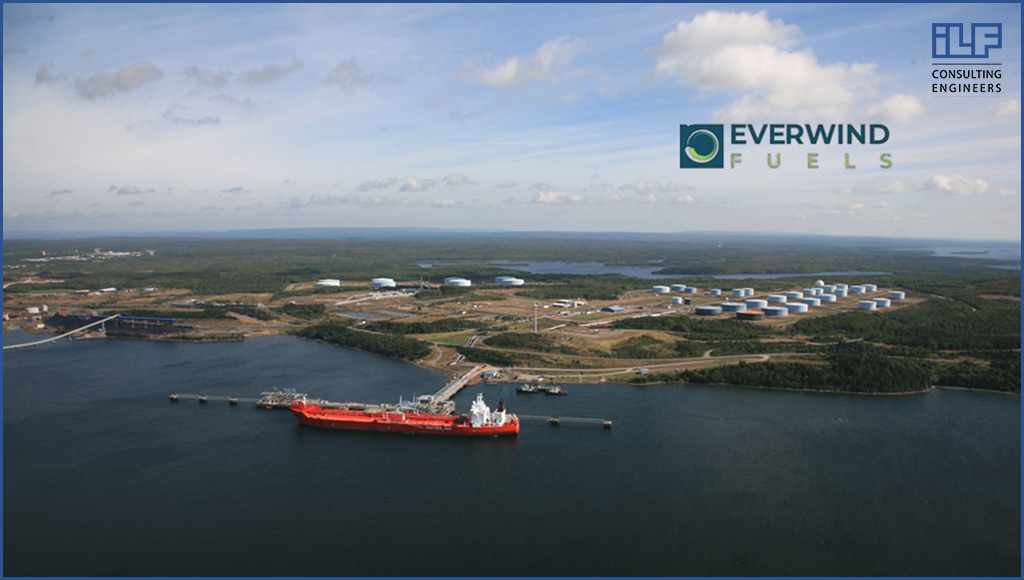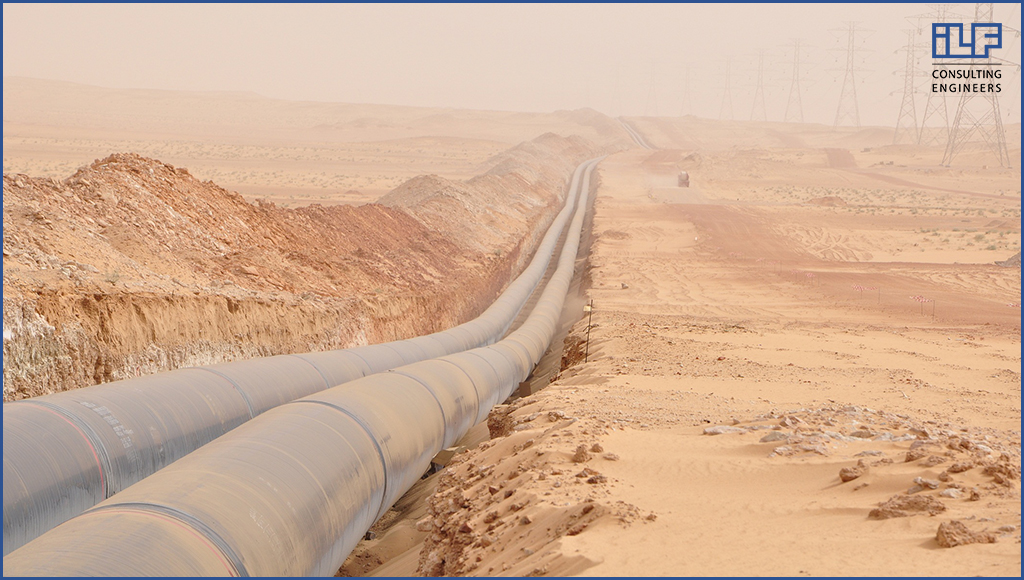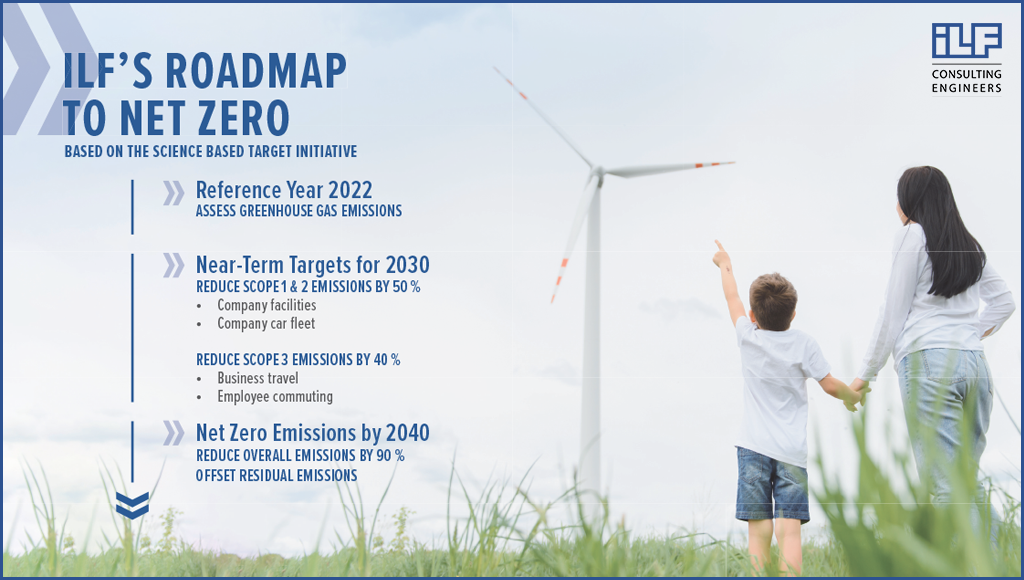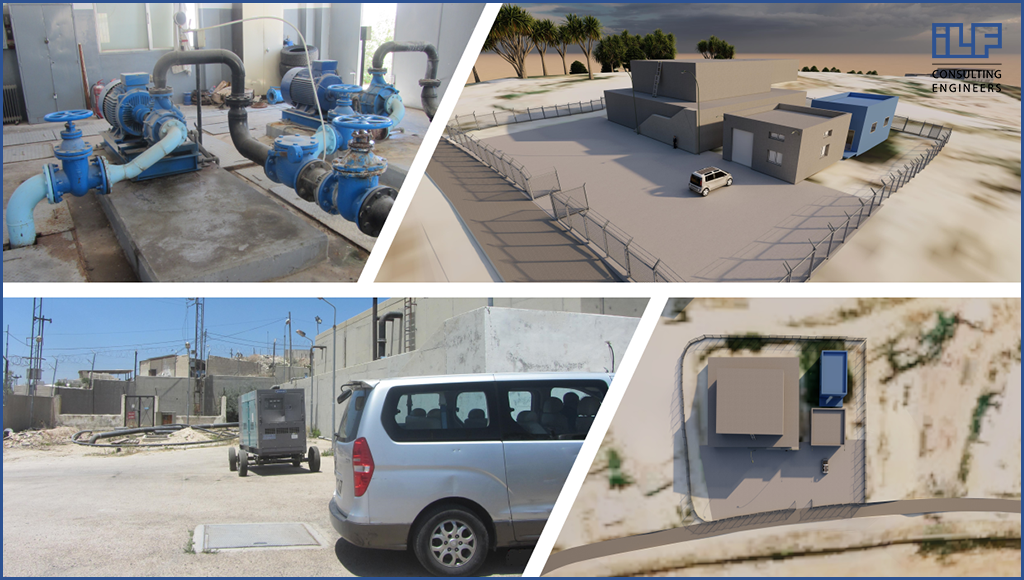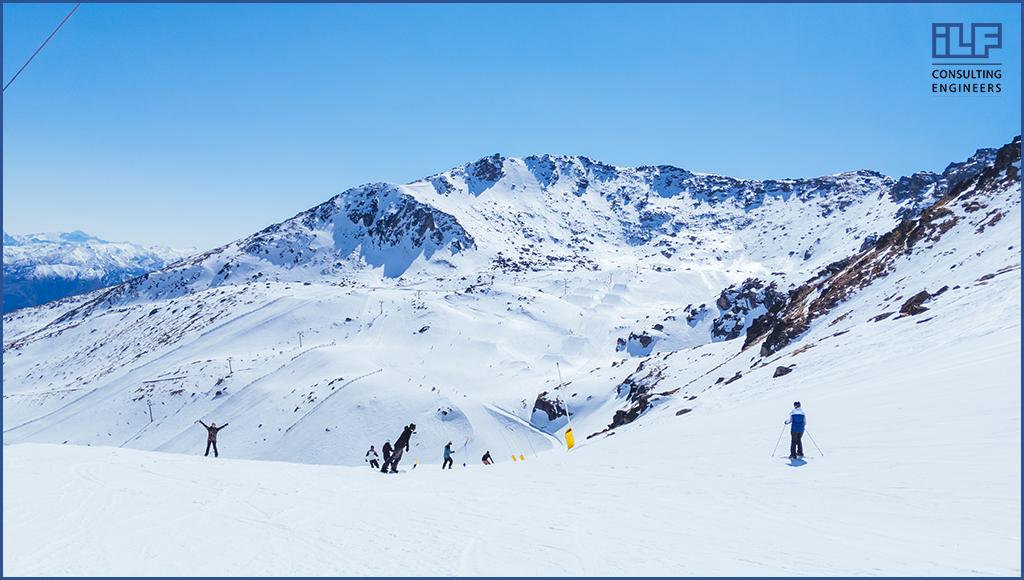Protecting biotopes during transmission line route construction
moreThe BalWin4 & LanWin1 as well as the BalWin3 & LanWin4 offshore grid connection systems in Northern Germany will, in the future, connect the large wind farms in the North Sea with the onshore transmission grid.
For Tennet Offshore GmbH, ILF is currently mapping the different biotope types for the onshore route of these systems and is identifying protected biotopes so that adverse effects on nature and the landscape can be minimized during construction of the transmission line route. As part of the mapping process, an assessment is also being made as to whether the route of the transmission line needs to be adapted again, or whether areas that are particularly worthy of protection should be crossed using the cut-and-cover method in order to avoid adverse effects being had on nature and the landscape.
The ILF team is responsible for keeping the long-term impact on the environment as low as possible. The results of the mapping process will subsequently be incorporated into the various documents (environmental impact study, landscape management plan, Natura 2000 compatibility studies).
Leran more about both projects here: BalWin3 & LanWin4 (tennet.eu) & BalWin4 & LanWin1 (tennet.eu)


